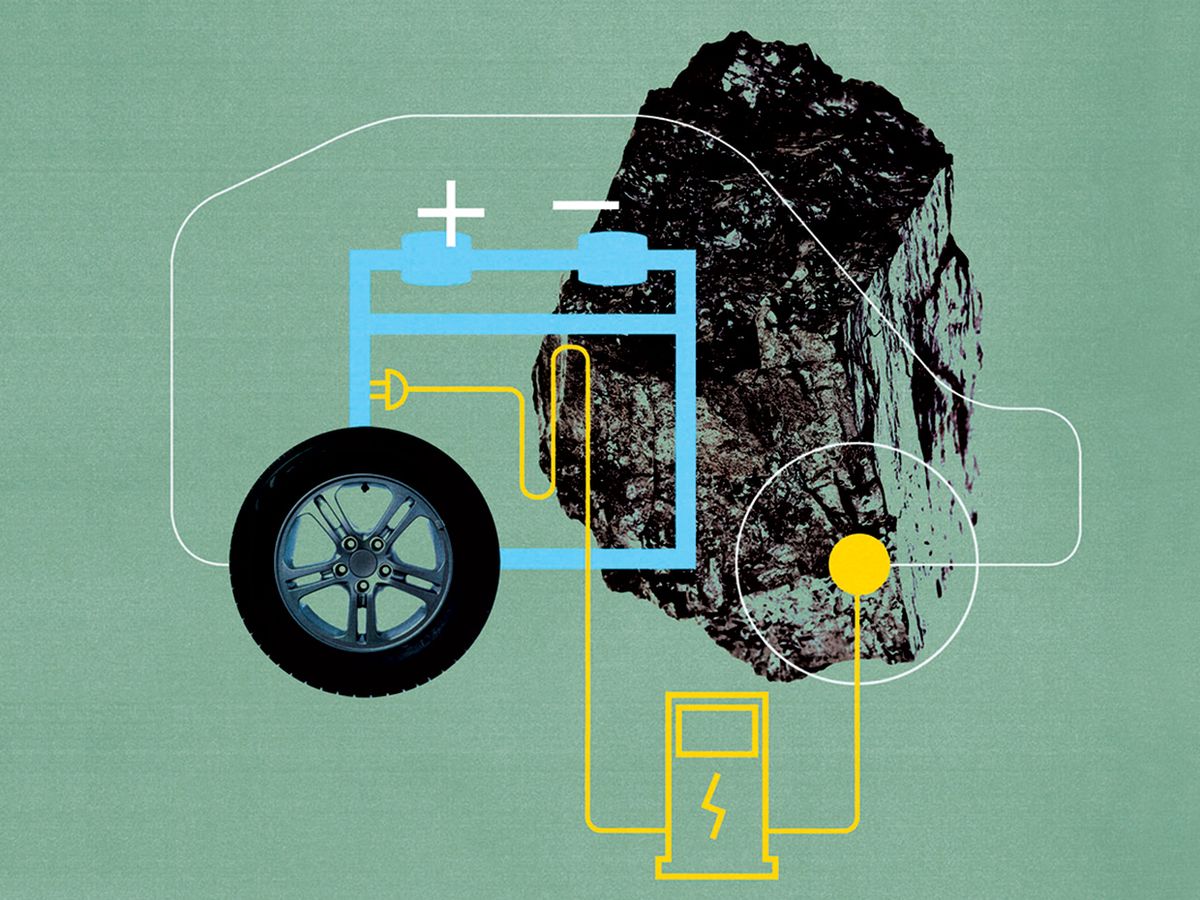Let me begin with a disclaimer: I am neither promoting electric vehicles nor denigrating them. I simply observe that the rational case for accepting EVs has been undermined by unrealistic market forecasts and a disregard for the environmental effects involved in producing and operating these vehicles.
Unrealistic forecasts have been the norm. In 2008, Deutsche Bank predicted that EVs would claim 7 percent of the U.S. market by 2016; in 2010, Bloomberg Businessweek put the 2016 share at 6 percent. But actual sales came to 158,614 units, just 0.9 percent of the record 17.55 million vehicles sold that year.
In his 2011 State of the Union address, then–U.S. president Barack Obama called for 1 million EVs on the road by 2015, and a concurrent report by the Department of Energy claimed [PDF] that the country’s production capacity in that year would reach 1.2 million units. But the 2015 total came to 410,000 units, representing just 0.15 percent of all vehicles on the road, and sales of U.S. brands reached about 100,000 cars.
And this triumph of hope over experience continues. The worldwide total of EVs on the road reached 2 million units in 2016. If you plot the trajectory of the global stock of EVs since the beginning of their sales to the year 2016, you will see that the equation that best fits the data (a fourth-order polynomial) projects about 32 million units in 2025. But the International Energy Agency’s 2017 EV outlook [PDF] estimates growth from 40 million to 70 million units worldwide by 2025 and from 160 million to 200 million by 2030. Then there are the environmental consequences. If EVs are to reduce carbon emissions (and thus minimize the extent of global warming), their batteries must not be charged with electricity generated from the combustion of fossil fuels. But in 2016, 68 percent of global electricity originated in fossil fuels; 5.2 percent came from wind and solar and the rest from hydro energy and nuclear fission.

As a global mean, two-thirds of the electricity for an EV still comes from fossil carbon, but that fraction varies widely among countries and within them. EVs in Norway and in the Canadian provinces of Manitoba and Quebec are charged by pure hydroelectricity, making them utterly clean hydro-cars. French EVs are largely nuclear-fission cars. But in most of India (particularly Uttar Pradesh), China (particularly Shaanxi province), and Poland, EVs are overwhelmingly coal cars. The last thing we need is to push for the rapid introduction of a source of demand that would summon even more fossil-fuel-based electricity generation.
And even if EVs all ran on renewable sources of electricity, greenhouse gases would still be emitted during the production of cement and steel for hydroelectric dams, wind turbines, and photovoltaic panels, and of course during the manufacture of the cars themselves.
EV production will have other environmental impacts. The Arthur D. Little management consultancy estimates that—based on a vehicle life of 20 years—the manufacture of an EV creates three times as much toxicity as it does for a conventional vehicle. This is mostly due to the greater use of heavy metals. Similarly, a detailed comparative life-cycle analysis, published in the Journal of Industrial Ecology, found the production of EVs to involve substantially higher toxicity, both to human beings and to freshwater ecosystems.
I am not suggesting that these are arguments against the adoption of EVs. I am merely pointing out that the implications of the new technology must be appraised and understood before we accept any radical claims in its favor. We cannot simply imagine ideal, pollution-free machines and then will them into existence.
This article appears in the December 2017 print issue as “Electric Vehicles: Not So Fast.”
